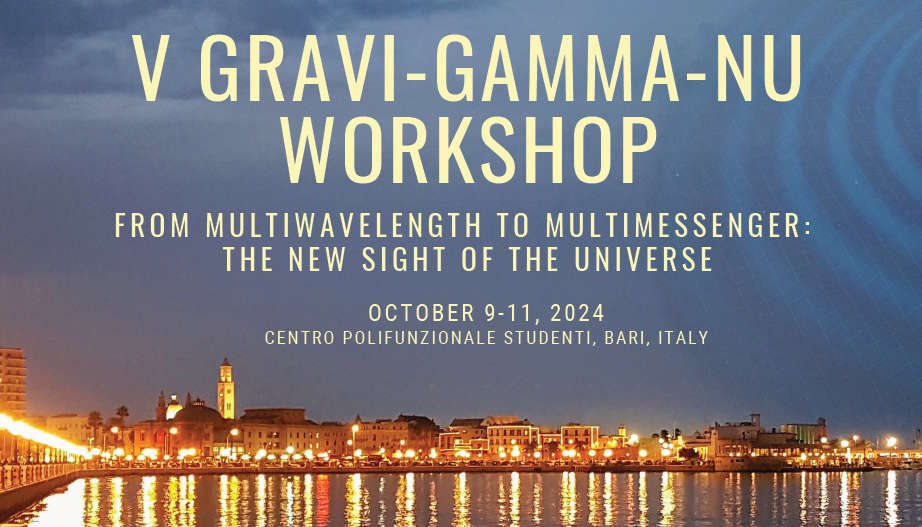Conveners
Day 3: Novel simulations and analysis methods
- Alberto Sesana (Istituto Nazionale di Fisica Nucleare)
Day 3: Novel simulations and analysis methods
- Alberto Sesana (Istituto Nazionale di Fisica Nucleare)
Quasi-periodic eruptions (QPEs) are recurrent X-ray bursts observed in active galactic nuclei, characterized by regular flares followed by periods of quiescence. One potential explanation for these eruptions involves extreme mass ratio inspirals (EMRIs), where a stellar-mass compact object, such as stellar mass black hole, spirals into a supermassive black hole (SMBH). During it orbit, the...
In this invited talk I will give an overview of current efforts top detect “long-period” (decades or longer) supermassive black hole binaries using optical spectroscopy. Such objects are interesting for many reasons including, but not limited to, (a) they provide tests of models for galaxy evolution through mergers, (b) they make up the population of supermassive black holes producing the...
I will present a novel framework designed to assess the background count rate for spaceborne high-energy detectors—a critical step in identifying faint astrophysical transients. The approach integrates a neural network to estimate background light curves across various timescales and leverages a rapid change-point and anomaly detection technique, Poisson-FOCuS, to flag statistically...
In this contribution, we present several Deep Learning (DL) models developed for high-energy astrophysics to detect and localize gamma-ray transient sources, such as gamma-ray bursts (GRBs). These models were applied to high-energy projects including AGILE, COSI, and CTAO.
AGILE is a high-energy astrophysics space mission launched in 2007, which concluded operations in 2024. Its payload...
Supermassive black hole binaries are thought to be an inevitable product
of the prevailing galaxy evolution scenarios where most massive galaxies
host a central black hole and undergo mergers over cosmic time. The early
stages of this process have been observed in the form of interacting
galaxy pairs and widely separated dual quasars, but the close,
gravitationally bound binaries that are...
We will dive into recent AI advancements for data reconstruction and analysis with spaceborne instruments at the mult-TeV energies. First, we will briefly describe the DAMPE and HERD missions - state-of-the-art spaceprobes for high-energy cosmic rays and gamma-ray physics. Then we will discuss how modern Deep Learning methods broaden the science program of such experiments and even facilitate...
With an increasing number of observatories making their data publicly available, we have truly reached the era of multi-wavelength astronomy. Combining gamma-ray data from multiple instruments as well as with measurements at other wavelengths is needed to unlock the data's full potential. However, lack of standardization as well as unique challenges of each instrument can make combining data...

